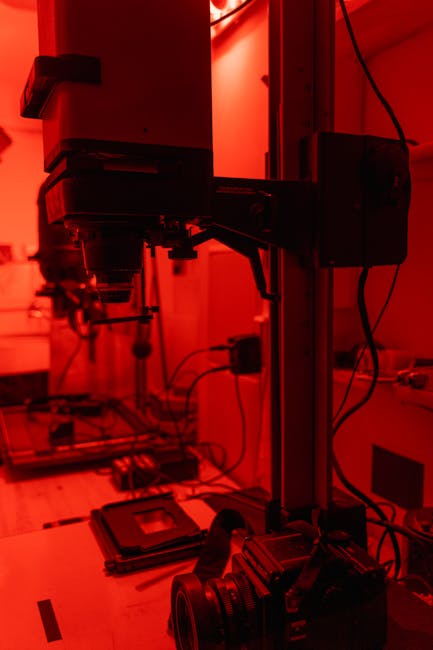 The Art of Shot Peening: How Automated Machines Revolutionize Surface Finishing
The Art of Shot Peening: How Automated Machines Revolutionize Surface Finishing
Shot peening is a surface finishing technique that has been around for decades, but its importance in the manufacturing industry cannot be overstated. This process involves bombarding a surface with small metal shots or glass beads to create a layer of compressive residual stress, which enhances the fatigue life and durability of the material. While traditional shot peening methods relied on manual labor, the introduction of automated shot peening machines has transformed the industry, offering improved efficiency, accuracy, and consistency.
1. The Evolution of Shot Peening
Shot peening has its roots in the early 20th century, when it was first used to improve the fatigue life of aircraft components. Initially, the process was labor-intensive, with workers manually blasting the surface with shot or beads. As the industry grew, so did the need for more efficient and cost-effective methods. The introduction of automated shot peening machines in the mid-20th century revolutionized the process, allowing for faster production rates and improved surface finish.
2. The Benefits of Automated Shot Peening Machines
Automated shot peening machines offer numerous benefits over traditional manual methods. For one, they are significantly faster, allowing manufacturers to produce parts at a much higher rate. This increased productivity translates to cost savings and reduced lead times. Additionally, automated machines are more accurate and consistent, ensuring that the surface finish is uniform and meets the required specifications. This consistency is particularly important in industries where surface finish is critical, such as aerospace and medical devices.
3. Types of Automated Shot Peening Machines
There are several types of automated shot peening machines available, each designed to meet specific industry requirements. Some common types include:
* Rotary machines: These machines use a rotating drum or wheel to propel the shot or beads onto the surface.
* Tumble machines: These machines use a rotating drum or barrel to tumble the parts with shot or beads.
* Airless machines: These machines use compressed air to propel the shot or beads onto the surface.
4. Design Considerations for Automated Shot Peening Machines
When designing automated shot peening machines, several factors must be considered. These include:
* Shot size and type: The size and type of shot or beads used can affect the surface finish and residual stress.
* Machine speed and pressure: The speed and pressure of the machine can impact the surface finish and the amount of residual stress created.
* Part geometry: The shape and size of the parts being processed must be taken into account to ensure proper coverage and surface finish.
5. Applications of Automated Shot Peening Machines
Automated shot peening machines have a wide range of applications across various industries. Some common applications include:
* Aerospace: Shot peening is used to improve the fatigue life of aircraft components, such as landing gear and engine mounts.
* Medical devices: Shot peening is used to improve the surface finish and biocompatibility of medical devices, such as implants and surgical instruments.
* Automotive: Shot peening is used to improve the fatigue life of automotive components, such as engine mounts and suspension components.
6. Challenges and Limitations of Automated Shot Peening Machines
While automated shot peening machines offer numerous benefits, they are not without challenges and limitations. Some common challenges include:
* Shot contamination: Shot can become contaminated with debris or other particles, which can affect the surface finish and residual stress.
* Machine maintenance: Automated shot peening machines require regular maintenance to ensure proper function and surface finish.
* Part handling: Automated shot peening machines may require specialized part handling systems to ensure proper loading and unloading of parts.
7. Future Developments in Automated Shot Peening Machines
As the industry continues to evolve, we can expect to see advancements in automated shot peening machines. Some potential developments include:
* Increased automation: Automated shot peening machines may become even more automated, with the ability to load and unload parts without human intervention.
* Improved shot control: Shot peening machines may be designed to better control the shot size and type, allowing for more precise surface finish and residual stress.
* Integration with other processes: Automated shot peening machines may be integrated with other processes, such as machining and assembly, to create more efficient manufacturing lines.
8. Conclusion
Automated shot peening machines have revolutionized the surface finishing industry, offering improved efficiency, accuracy, and consistency. As the industry continues to evolve, we can expect to see advancements in machine design and technology, allowing for even greater precision and control. Whether you are a manufacturer looking to improve the surface finish of your parts or a researcher seeking to understand the science behind shot peening, automated shot peening machines are an essential tool in the quest for surface perfection.

 Precision Cleaning: The Rise of Robotic Abrasive Blasting Machines
Precision Cleaning: The Rise of Robotic Abrasive Blasting Machines